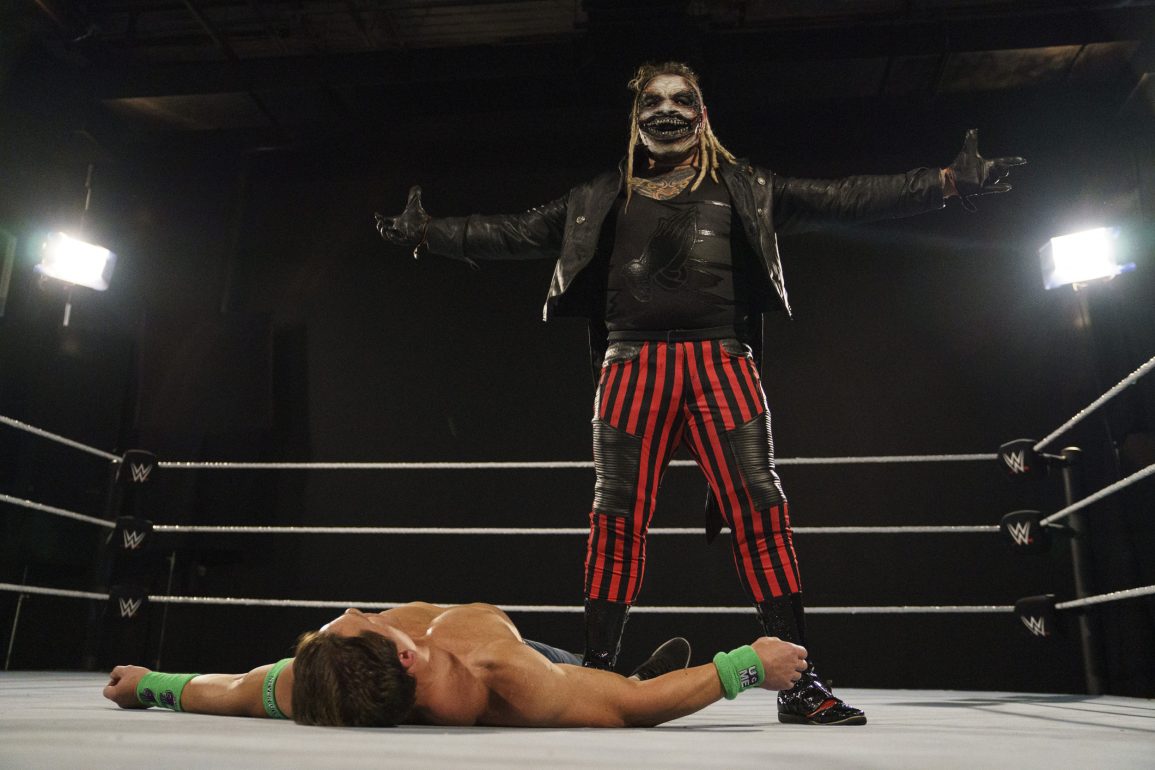WWE is known for its over-the-top action, larger-than-life characters, and epic showdowns. Throughout the years, the company has pushed the limits of what’s possible in professional wrestling, often introducing unique and dangerous match stipulations to heighten the drama and intensity. However, some of these stipulations have been so extreme or unsettling that they sparked major controversy among fans and critics alike. Whether it’s due to the risks involved, the nature of the violence, or the overwhelming spectacle, these matches have left lasting impressions. Here’s a look at some of the most controversial match types in WWE history.
1. Hell in a Cell Match

The Hell in a Cell match is one of WWE’s most iconic yet divisive stipulations. Introduced in 1997, the concept involves a massive steel structure surrounding the ring and the ringside area, with no way out. This dangerous match pushes wrestlers to their physical limits, often leading to brutal, bloodied encounters. One of the most infamous moments came when Mankind (Mick Foley) was thrown off the top of the cell by The Undertaker at King of the Ring 1998. The moment was so that it left fans in disbelief and drew criticism for the high-risk nature of the stunt. While this match continues to produce unforgettable moments, it’s clear that the level of violence often crosses the line into excessive brutality, making it a controversial choice for WWE.
2. The Punjabi Prison Match
Introduced in 2006, the Punjabi Prison match is a two-cage structure designed to keep participants from escaping. The outer cage is a bamboo structure, while the inner cage is a steel one. The goal is to escape both cages or incapacitate your opponent to win. While the match itself was a creative idea, it faced harsh criticism due to the difficulty of viewing and the slow pace of the action. WWE’s attempt to cater to the Indian audience with the Punjabi Prison match fell flat, with many fans finding the stipulation confusing and less exciting than expected. It also didn’t deliver the usual high-impact drama seen in other WWE matches, leaving many skeptical about its future.
3. I Quit Match

An I Quit match is one of the most emotionally charged stipulations in WWE, requiring a wrestler to physically or mentally force their opponent into uttering the words “I Quit” to end the match. This stipulation often involves intense violence, as the aim is to make your opponent submit in the most humiliating way possible. One of the most brutal examples of this match type came during the rivalry between The Rock and Mankind at the 1999 Royal Rumble. The match was riddled with thumbtacks, steel chair shots, and a relentless assault. The use of real pain to manipulate the emotional state of a wrestler made this match type controversial, as it blurred the line between scripted entertainment and real-life discomfort. Though thrilling to watch, the match’s emphasis on pain and humiliation has caused many to question the limits of what should be portrayed on-screen.
4. The Firefly Fun House Match
When WWE introduced the Firefly Fun House match between John Cena and Bray Wyatt at WrestleMania 36, fans were divided. The match was more of a cinematic experience than a traditional wrestling bout, using bizarre imagery, psychological horror, and surreal moments to tell a story. Although innovative and unique, the match’s controversial nature stemmed from its departure from anything resembling wrestling as fans knew it. It wasn’t a physical contest at all, and many were left confused by the bizarre elements of the match, such as Cena’s symbolic transformation and the appearance of different versions of himself. Some critics felt the match was more about value than wrestling skill, which led to mixed reactions. The Firefly Fun House match remains one of the most polarizing and experimental examples of WWE bending the rules of traditional wrestling.
These match stipulations pushed the boundaries of entertainment but also raised important questions about the ethics of wrestling storytelling. While they delivered unforgettable moments, they often left fans questioning just how far WWE should go to entertain their audience. Each of these matches has left an indelible mark on WWE history, and regardless of opinion, their impact continues to resonate with both fans and performers alike.

